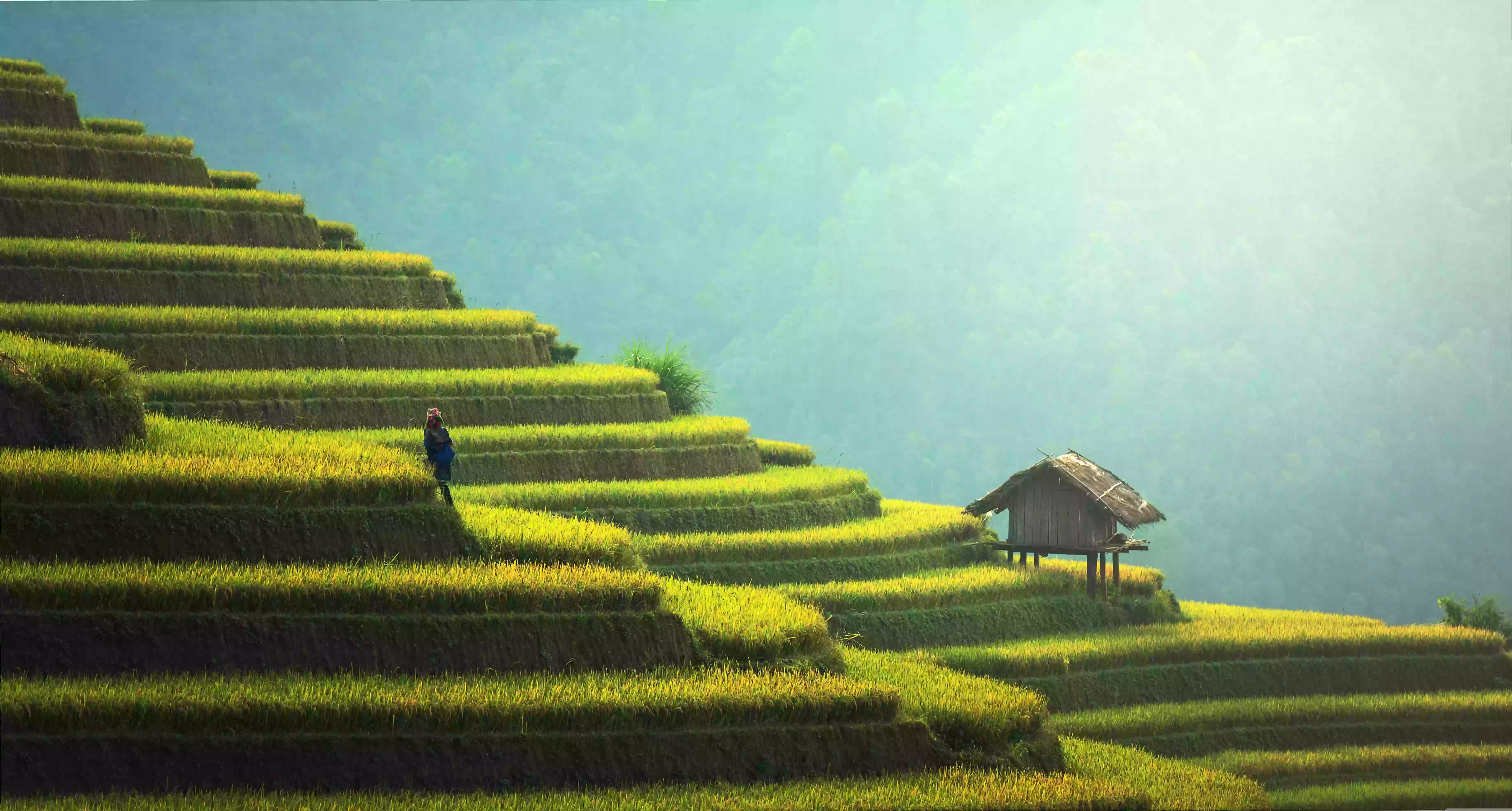Discovering the Perfect Time: A Comprehensive Guide to Visiting India"
Morgan Wiggins
Apr08,2023 • 4 min read

I
ndia is a land of diversity, offering a wealth of experiences for travelers. From its vibrant festivals to serene spiritual journeys this captivating country has something for everyone. However, timing is crucial when planning a trip to India to ensure the best possible experience. This article will guide you through the best times to visit India for various activities, highlighting festivals, spiritual journeys, beach vacations, the monsoon season, and peak travel times.
Best time to experience India's diverse festivals
India is famous for its colorful and lively festivals, which vary depending on the region and season. To experience these unique celebrations, consider the following times:
Diwali (October-November): Known as the Festival of Lights, Diwali is celebrated throughout India with fireworks, diyas (oil lamps), and colorful rangoli (floor art).
Holi (February-March): The Festival of Colors marks the beginning of spring, with people throwing colored powders and water at each other.
Navratri (September-October): This nine-day festival honors the goddess Durga and is marked by traditional dances and music.
Ideal months for a spiritual journey in India
India is home to numerous sacred sites and spiritual destinations. The best time to embark on a spiritual journey depends on the location, but generally, the cooler months from October to March are ideal. During this time, you can visit the following spiritual destinations:
- Varanasi: Known as the spiritual capital of India, Varanasi is famous for its ancient temples and sacred river, the Ganges.
- Rishikesh: Nestled in the foothills of the Himalayas, Rishikesh is a renowned center for yoga and meditation.
- Bodh Gaya: As the place where Buddha attained enlightenment, Bodh Gaya attracts Buddhist pilgrims from around the world.
Best time for beach vacations in Goa and other coastal destinations
India's coastline boasts pristine beaches, with Goa being the most popular destination. The best time to visit Goa and other coastal regions is during the dry season from November to February, when temperatures are moderate, and rainfall is minimal. This period is perfect for sunbathing, swimming, and indulging in water sports.
Navigating India's monsoon season: pros and cons
India's monsoon season occurs between June and September, characterized by heavy rainfall and high humidity. While this may not be the most comfortable time to visit, there are some advantages:
- Off-season discounts: Travel and accommodation prices tend to be lower during the monsoon season.
- Lush landscapes: The rains transform the countryside into a verdant paradise perfect for nature enthusiasts.
- Less crowded: Popular tourist sites are generally less congested during the monsoon months.
However, be aware of the potential drawbacks, such as flooding, limited transportation options, and the risk of mosquito-borne diseases.
Peak travel times in India: planning around the crowds
India's peak tourist season runs from November to February, coinciding with pleasant weather and various cultural events. While this is an excellent time to visit, be prepared for larger crowds and higher prices. To avoid the busiest periods, consider traveling during the shoulder seasons of March-April and September-October. These months still offer favorable weather and slightly fewer tourists, allowing for a more relaxed experience.
Off-season travels in India: benefits and drawbacks
Off-season travel in India occurs during the summer (April-June) and monsoon (June-September) months. While this period may not offer the most favorable weather conditions, there are still some advantages to consider:
- Lower costs: Accommodation and transportation prices are usually more affordable during the off-season.
- Fewer crowds: Popular tourist destinations are less congested, providing a more relaxed experience.
However, be prepared for the following drawbacks:
- Extreme heat: Summer temperatures in India can be scorching, making sightseeing uncomfortable.
- Monsoon rains: The monsoon season can cause flooding and transportation disruptions.
Visiting India's hill stations: timing for pleasant weather
India's picturesque hill stations offer a reprieve from the heat and bustle of the cities. The best time to visit hill stations such as Shimla, Darjeeling, and Ooty is between March and June, as well as September and November. During these months, you can expect pleasant temperatures, clear skies, and stunning views of the surrounding landscapes.
Optimal times for culinary exploration and regional cuisine in India
India is known for its rich and diverse culinary heritage. To fully immerse yourself in the gastronomic delights, consider visiting during the following times:
- Mango season (April-June): Savor the taste of India's most beloved fruit during the peak of its season.
- Winter months (November-February): Enjoy warming regional dishes such as rich curries and biryanis in the cooler weather.
- Festival periods: Many Indian festivals feature unique and delectable regional foods, offering a chance to indulge in culinary celebrations.
Timing your visit for India's cricket season and sports events
Cricket is a national passion in India, and attending a match can be an unforgettable experience. The Indian Premier League (IPL) is the most popular cricket event and takes place between March and May. Other sports events worth considering are the Hockey India League (January-February) and the Indian Super League (football) which runs from November to March.
Seasonal Considerations for budget travel in India
Budget-conscious travelers should consider visiting India during the off-season or shoulder seasons for lower prices on accommodation, transportation, and activities. Additionally, exploring lesser-known destinations can help you avoid the tourist crowds and discover hidden gems at a lower cost.
Conclusion
India's vast cultural and natural offerings can be experienced at different times throughout the year. By understanding the benefits and drawbacks of off-season travel, optimal times for visiting hill stations, and immersing yourself in regional cuisine, sports events, and budget travel, you can create an unforgettable journey tailored to your interests. Our comprehensive guide aims to help you navigate India's diverse experiences, ensuring a memorable and enriching adventure.